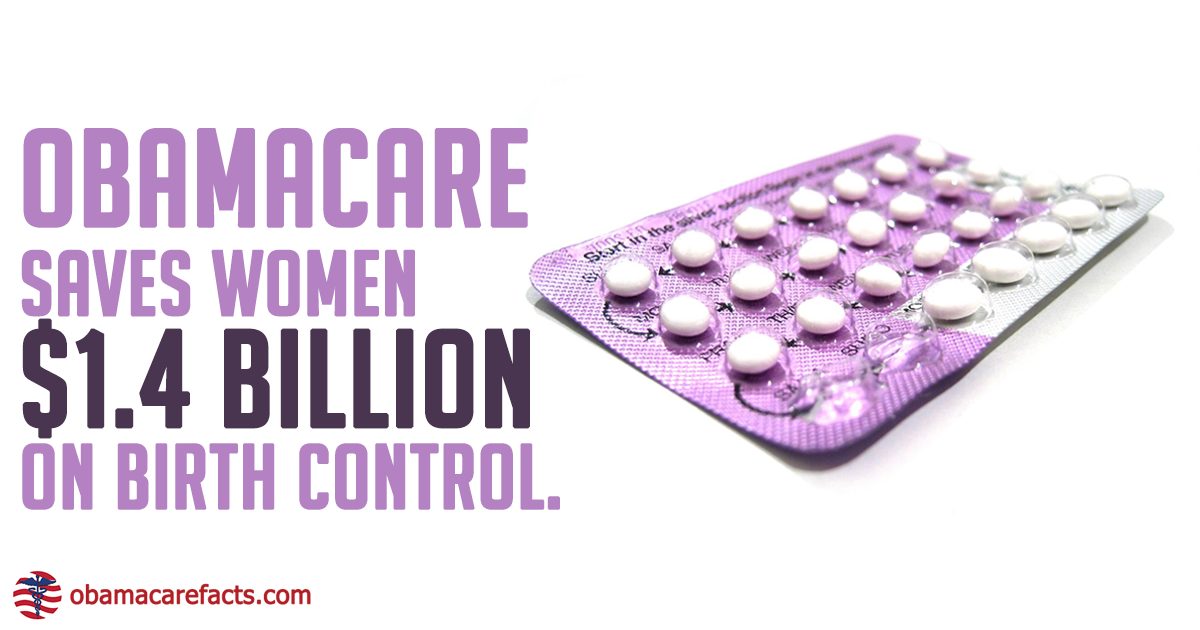2015 Health Affairs Study Shows ObamaCare Birth Control Benefits







Ads by +HealthNetwork

A 2015 Health Affairs study shows out-of-pocket spending on the pill decreased nearly 50%, saving women an estimated $1.4 billion per year on birth control medication since ObamaCare’s requirement to provide free contraception on all plans went into effect.
- The study found that out-of-pocket expenses decreased for almost all reversible contraceptive methods on the market.
- The average percentages of out-of-pocket spending for oral contraceptive pill prescriptions and intrauterine device insertions by women using those methods both dropped by 20 percentage points after implementation of the ACA mandate.
- They estimated average out-of-pocket savings per contraceptive user to be $248 for the intrauterine device and $255 annually for the oral contraceptive pill.
- Their results suggest that the mandate has led to large reductions in total out-of-pocket spending on contraceptives and that these price changes are likely to be salient for women with private health insurance.
Read the whole 2015 Health Affairs study.